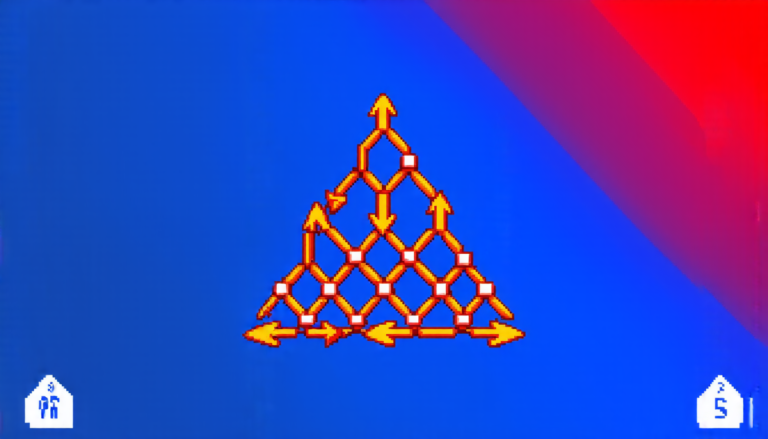Sunday 08 June 2025
The quest for a more accurate and efficient way to model complex fluid dynamics has been ongoing for decades. Researchers have long sought to develop methods that can capture the intricacies of turbulent flows, which are ubiquitous in nature and play a crucial role in many real-world applications.
Recently, a team of scientists made a significant breakthrough in this area by applying the theory of spectral submanifolds (SSMs) to plane Couette flow, a classic problem in fluid dynamics. The resulting model is capable of accurately capturing the chaotic behavior of the flow, which had previously been elusive to predict.
To understand the significance of this achievement, it’s essential to grasp the basics of turbulent flows. Turbulence arises when a fluid is subjected to shear forces, causing its velocity and pressure fields to become irregular and chaotic. This complexity makes it challenging to model turbulence using traditional numerical methods, which often rely on simplifying assumptions that can lead to inaccuracies.
The SSM approach, on the other hand, takes a different tack. By restricting the dynamics to a slowest mixed-mode SSM of the edge state, researchers were able to develop a low-dimensional reduced model that accurately captures the chaotic behavior of the flow. This reduction in dimensionality allows for faster computation times and more efficient simulation of complex flows.
The team’s model is remarkable not only for its accuracy but also for its ability to capture the intricate details of the turbulent flow. By analyzing the Poincaré section of the SSM-reduced model, researchers were able to identify periodic orbits that are embedded within the chaotic attractor. These orbits, which had previously been difficult to find, provide valuable insights into the underlying dynamics of the flow.
The implications of this research are far-reaching. The ability to accurately model and predict turbulent flows has significant potential for a wide range of applications, from optimizing industrial processes to improving weather forecasting models. Moreover, the SSM approach offers a new perspective on understanding the complex behavior of chaotic systems in general.
While much work remains to be done, the recent breakthrough in modeling plane Couette flow using spectral submanifolds is an important step forward in the quest for better fluid dynamics simulations. As researchers continue to refine and apply this method to other problems, we can expect even more exciting advances in our understanding of complex flows and their applications.
Cite this article: “Modeling Turbulent Flows with Spectral Submanifolds”, The Science Archive, 2025.
Fluid Dynamics, Turbulence, Spectral Submanifolds, Plane Couette Flow, Chaotic Behavior, Reduced Model, Computational Efficiency, Complex Flows, Numerical Methods, Fluid Modeling.







